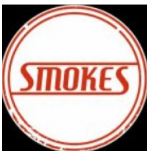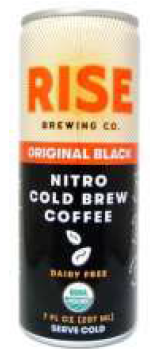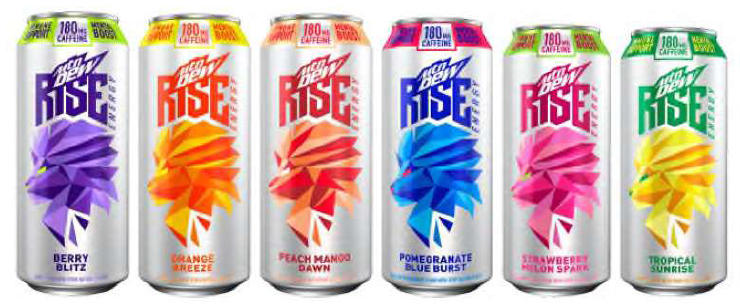The US Court of Appeals for the Eighth Circuit reversed and vacated a district court’s preliminary injunction grant in a trademark dispute, concluding that potential confusion is insufficient to satisfy the burden of showing a substantial likelihood of confusion. H&R Block, Inc.; HRB Innovations, Inc. v. Block, Inc., Case Nos. 22-2075; -2023 (8th Cir. Jan. 24, 2023) (Gruender, Erickson, JJ.) (Melloy, J., dissenting).
H&R Block was founded in 1955 and specializes in income tax preparation and other tax and financial services. Over the years, H&R Block has invested billions of dollars in advertising campaigns and has developed significant market presence both in person and online. The company has also obtained several federal registrations directed to the use of a green square logo with its products and asserts that in addition to “H&R Block” it is known as just “Block.”
Square, Inc., is the company behind the Square payment card reader and point-of-sale software that allows individual sellers to accept credit card payments. Square was founded in 2009 and grew over time by acquiring or developing other businesses. Cash App is one of Square’s businesses. Cash App started in 2013 as Square Cash and is a purely digital platform that allows users to deposit and store money on the app. In November 2020, Square acquired free tax credit service Credit Karma Tax, which was rebranded as Cash App Taxes and integrated into the Cash App platform for the 2022 tax season. In December 2021, Square was renamed Block, Inc., and the name change was publicized via Twitter.
Fifteen days after the name change was announced, H&R Block filed suit alleging trademark infringement. Shortly thereafter, H&R Block moved for a preliminary injunction. The district court analyzed the marks at issue for likelihood of confusion and granted, in part, H&R Block’s request for a preliminary injunction. Block appealed.
The Eighth Circuit analyzed a list of six non-exclusive and non-exhaustive factors in assessing likelihood of confusion:
- The strength of the owner’s mark
- The similarity of the owner’s and the alleged infringer’s marks
- The degree to which the products compete with each other
- The alleged infringer’s intent to pass off its goods as those of the trademark owner
- Incidents of actual confusion
- The type of product, its cost and its conditions of purchase.
The Eighth Circuit agreed with the district court that H&R Block had demonstrated that its registered and common law marks were commercially strong but found that the record as a whole did not weigh in favor of H&R Block on the similarity factor because there were observable differences between the two logos and the competing products.
The Eighth Circuit indicated that ultimately the best evidence of likelihood of confusion is actual consumer confusion. While the record supported possible confusion by some consumers, the Court found that the district court had erred in finding actual consumer confusion and that H&R Block had not presented sufficient evidence to rise to the level of substantial confusion by an appreciable number of ordinary consumers. [...]
Continue Reading
read more

 Subscribe
Subscribe





